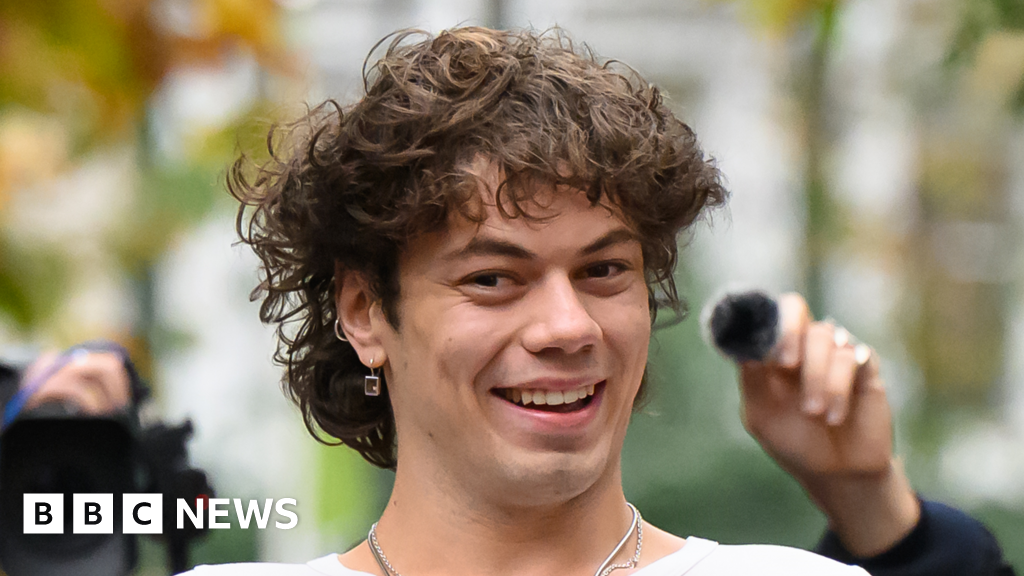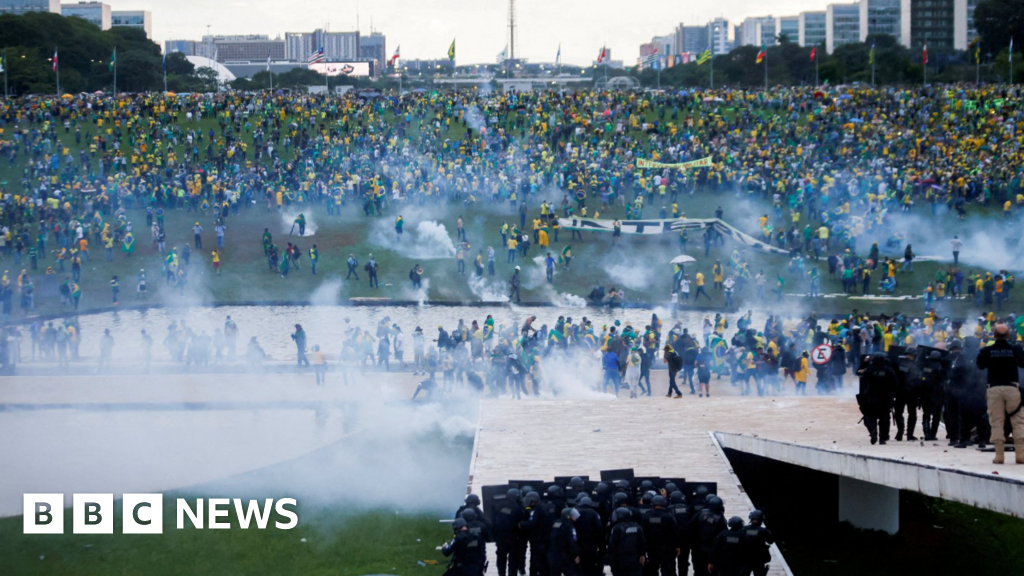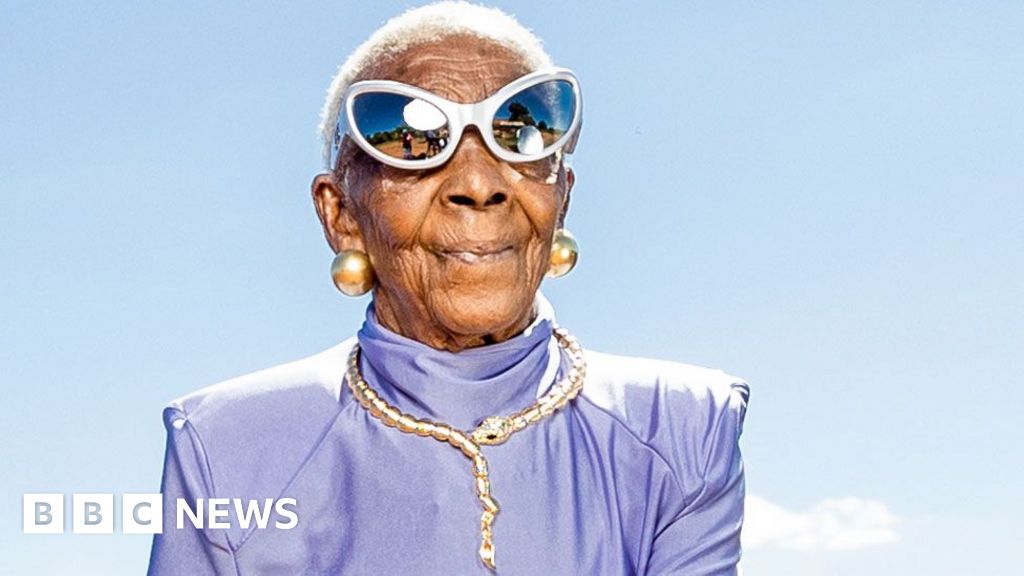ARTICLE AD BOX
By Reality Check team
BBC News
Image source, Getty Images
Image caption,View of Delhi's iconic Red Fort with heavy smog and foggy weather
The Indian authorities are taking emergency steps to tackle the extreme levels of pollution that have descended on the capital, Delhi, in recent days.
The smog is generally at its worst in the winter months.
It's been blamed on various factors including the burning of farm stubble, on factory emissions, on traffic fumes, on general weather patterns, as well as the fireworks that light up the night sky during the Diwali festival.
But how much do each of these factors contribute to the problem?
How bad is air pollution in Delhi?
In response to the latest severe conditions, the Delhi authorities have announced the closure of schools and colleges indefinitely, banned construction activity and told government employees to work from home until 21 November.
India's Chief Justice NV Ramana has directed state and federal governments to take further emergency measures.
Atmospheric levels of harmful small particles which can be inhaled - known as PM2.5 - are currently far above international guidelines set by the World Health Organization (WHO).
Last year, around 57,000 people died prematurely in Delhi as a result of exposure to air pollution according to Greenpeace, despite the Covid lockdown.
What are the factors causing air pollution?
The federal government says the seasonal burning of farm stubble is responsible for only a small proportion of the pollution and no more than 10% of the total.
At the start of every winter, farmers in the states near Delhi burn the residue from rice and other crops to make way for growing wheat.
The practice was banned in 2015 - but enforcement is weak.
The government's own monitoring data shows that the contribution stubble burning plays in overall pollution levels fluctuates on a daily basis.
On 15 November, farm fires contributed to 10% of the PM2.5 particle pollution according to these figures, but a week earlier that amount was 48%.
Image source, AFP
Image caption,Smog is a regular issue around this time of the year in Delhi
Satellites that detect active fires show large parts of Punjab and Haryana states affected, with the worst peaks significantly higher than in previous years.
In the first two weeks of November, these two states recorded 57,000 farm fires, the highest number since 2012.
Do Diwali fireworks affect the air quality?
Several states have banned the sale and use of fireworks during Diwali celebrations, but the implementation of the ban has been weak in many states.
A 2018 study that has attempted to answer this question says there is a "small but statistically significant" effect from Diwali fireworks.
The study focused on five locations across Delhi, and looked at data gathered between 2013 and 2016.
Diwali is set according to the Hindu lunar calendar and usually happens in late October or early November.
Image source, Getty Images
Image caption,The sale and use of firecrackers is banned in many states
The different dates are important because they enable the authors to take into account crop burning as a factor, because that starts at the same time each year.
"We used Nasa satellite data to establish when crop burning was happening in northern India," Dhananjay Ghei, one of the authors of the report told the BBC.
In two out of the four years, crop burning did not coincide directly with Diwali celebrations.
And they also point out that industrial activity in one location stopped because of the holiday, and factored the weather conditions into their calculations.
They found increases in concentrations of PM2.5 of almost 40% by the second day of the festival.
This then falls back to existing background levels soon after the end of Diwali.
And when looked at on an hourly basis, there was a rise of 100% for the five hours after 18:00 local time - the evening darkness period when most celebrations take place.
A report by Centre for Science and Environment, a non-profit based in Delhi, showed that the concentration of PM2.5 rose during Diwali in 2018, 2019 and 2020 in the capital.
It should also be pointed out that not all fireworks produce a lot of PM2.5 particles, although the bigger ones tend to have larger concentrations.
Image source, Getty Images
Image caption,A huge layer of smoke covers Delhi and north India post Diwali
But fireworks contain other toxic substances, including heavy metals.
A separate study done in the Indian city of Jamshedpur found significantly increased levels of the following substances during the Diwali period:
- PM10 particles
- sulphur dioxide
- nitrogen dioxide
- ozone
- iron
- lead
- manganese
- copper
- beryllium
- nickel
The government's own Central Pollution Control Board lists 15 substances in fireworks which it says are "hazardous and toxic".
Again, it needs to be added that some of these substances can also be produced by vehicle emissions.
Vehicle traffic does increase during Diwali when people go out to buy gifts and visit family and friends.
However, there's very little research that quantifies its exact contribution to poor air quality in this period.
This piece was first published in November 2018 and has been updated to reflect recent studies and pollution data.

 2 years ago
163
2 years ago
163








 English (US)
English (US)